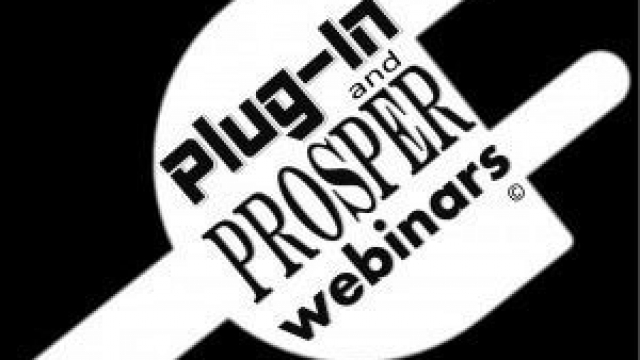How Often Are You Recruiting For New Top Human Talent?
It is easy to form a perception that talent should only be recruited when there is a position vacant in your company, but unfortunately, that kind of thinking is not very helpful to your company. You should always be recruiting and finding top talent so that they are ready when positions open up for any reason.
Don’t Rely on the Internet Alone
The advent of the internet and job boards was thought to be the end- all- be- all for recruiting. But, it has proven to be a double edge sword when it is the only method used. The great thing about internet job postins is that you can cast a wide net by broadcasting your current job openings to many individuals that may be looking for employment in your town, or even across the country. The downside is that you can be flooded by many applicants that are not anywhere close to being qualified for an opening in a specific position.
Now, relate this to your community’s marketing department for new residents. Can your community just post an advertisement saying “We have rooms available”, and the right person shows up and there you go, you have a new resident? Not quite, or there would be no need to have a sales and marketing team. It should be considered the same with community staffing. It takes a lot of work and effort to find the right fit for the community, both for residents and staff.
Always Be Recruiting
 It’s important to augment the posting of job openings through portals such as Indeed, Career Builder, or others in this category. Talent Mangers must actively recruit to find the best employees available for the many different job functions within the community/company. This includes giving talks throughout the community at different functions and gatherings of people like civic clubs, high schools, junior colleges, colleges, and other professional organizations throughout your operating region. It is very important to educate as many people as possible about the existence of your community/company, that it is a great place to work with many opportunities besides those of just direct caregivers. Target programs and organizations can include, but are not limited to, those affiliated with business, nursing, culinary, and hospitality.
It’s important to augment the posting of job openings through portals such as Indeed, Career Builder, or others in this category. Talent Mangers must actively recruit to find the best employees available for the many different job functions within the community/company. This includes giving talks throughout the community at different functions and gatherings of people like civic clubs, high schools, junior colleges, colleges, and other professional organizations throughout your operating region. It is very important to educate as many people as possible about the existence of your community/company, that it is a great place to work with many opportunities besides those of just direct caregivers. Target programs and organizations can include, but are not limited to, those affiliated with business, nursing, culinary, and hospitality.
LinkedIn is also a great place to gather potential contacts for professional level jobs. LinkedIn should be used to identify individuals with skills that will be beneficial to your team now and in the future. Don’t limit yourself to just those that may currently hold positions in the Senior Living industry, but look in other industries for transferable skills as well. Establish casual relationships in the beginning and watch how they interact with others in their peer groups. Do they post timely and relevant material? Do they have original thoughts? How many connections do they have (a peek at how good they might be at networking and recruiting prospective residents)? Do they seek out and participate in continued education opportunities? LinkedIn will also let you glance into the individual’s employment past. With this feature, it is easy for an individual to write anything they want with little to no cross-checking by others, so proceed with caution. Trust, but verify. Once individuals are identified as potential employees who could be an asset to your team, then it is prudent to reach out and make a connection with them.
Start an HR newsletter to keep current employees and those interested in working for your company informed of current happenings within your company/community. Not necessarily resident-focused, but more about job openings, training, and highlighting employee accomplishments. The added communication will go a long way in both employee retention and recruiting efforts. While this form of communication usually will not lead to instant gratification in the recruiting of other professional individuals, it will build a pattern of contact that over time will lead to candidates keeping up with your company. If they like what you have to say, it will leave them with the sense of wanting more information about company activities and available openings.
So get out from behind the desk and computer screen, and endeavor into the community, market yourself, your industry, and your company for great talent. A great side effect is that while you are getting the word out of your community/company, simultaneously you just might accidentally uncover a prospective resident or family member looking for a loved one.
Make your company an employer of choice, not an employer of last resort!
Roy Barker is Director of Special Projects at Moore Diversified Services, a Fort-Worth, Texas-based organization specializing in Senior Living operations analysis, marketing development, and investment advisory services. Roy is an authority in the field of employee turnover analysis and retention strategies.


















